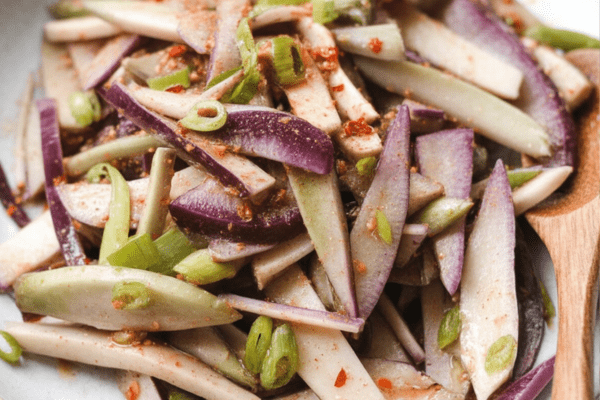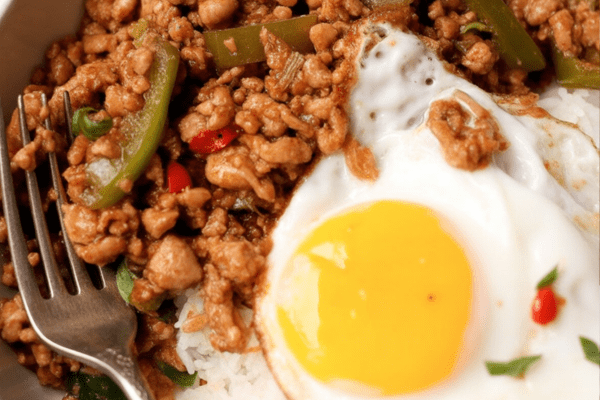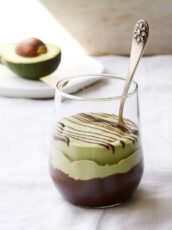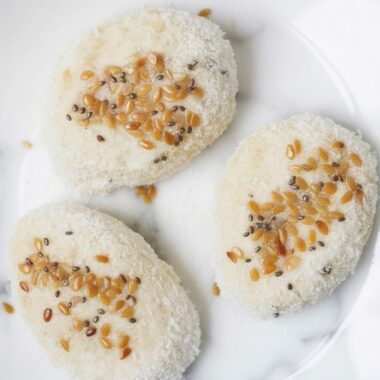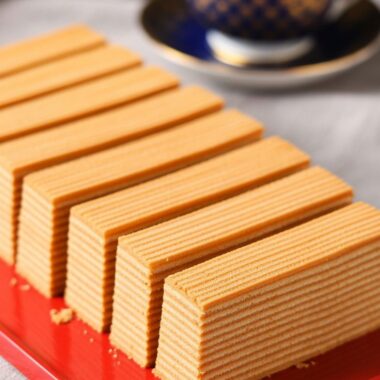This is one of those dishes that instantly makes me think of a quiet, comforting evening at home. Whenever I make Korean-style beef short rib soup—galbitang—I find myself slowing down, letting the simmering pot fill the kitchen with a rich, savory aroma that promises a truly satisfying meal.
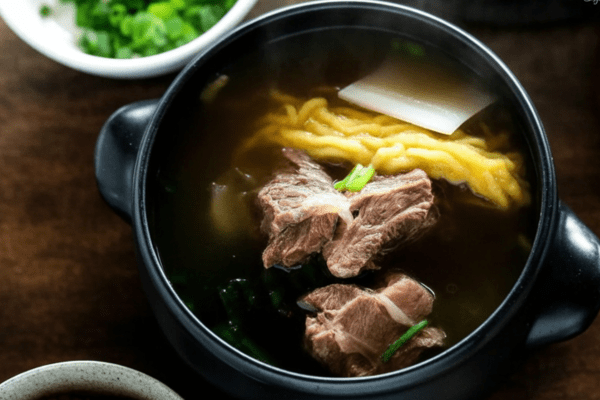
Short ribs simmer slowly until they’re meltingly tender, turning the broth into something that feels like it’s good for the soul. I always reach for this recipe on days I’m feeling a bit worn out. It’s simple, soothing, and really hits the spot without being too heavy.
About This Soul-Warming Soup
Galbitang is the Korean name for this beef short rib soup. Traditionally, it’s made by simmering beef short ribs with aromatics like radish, onion, green onions, garlic, and peppercorns. The result is a clean-tasting yet deeply savory broth, with fall-apart tender ribs you can’t help but pick at with your fingers.
In Korea, this soup is often considered something of a pick-me-up—ideal for when you’re feeling a little under the weather. I love that idea. Food that nourishes while being delicious. Some cooks will add ginseng, jujubes, or chestnuts for extra health benefits. Personally, I like it in its classic, uncomplicated form.
I’ve read that it used to be served at wedding feasts in the past—imagine big family tables and steaming bowls of this soup passed around. These days it’s a bit rarer to see at big gatherings, but that’s part of what makes it feel special to make at home.
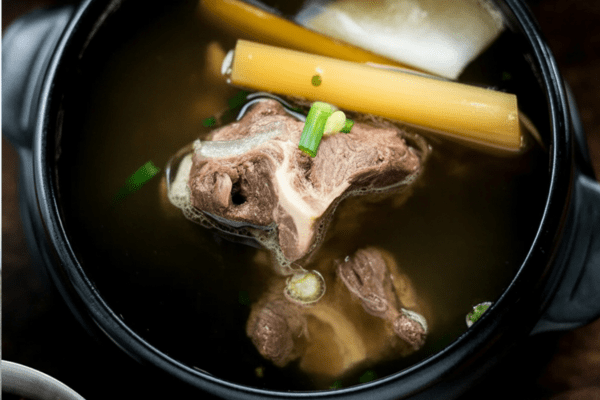
A Few Handy Notes From My Kitchen
Here’s what I’ve found helpful after making this dish several times in my own kitchen.
Choosing Soy Sauce
For this recipe, Korean soup soy sauce is great—it’s lighter in color but punchier in saltiness, which suits the clear broth. I don’t always have it on hand, though. I often just use Kikkoman regular soy sauce, which is stronger-smelling at first, but trust me, that mellows out beautifully in the soup. Don’t stress about chasing down specialty brands if you don’t want to.
Dealing With the Fat
Beef short ribs have a good bit of fat. That’s part of what makes them so rich, but too much can make the broth greasy. I usually let the cooked broth cool a bit and skim the fat with a ladle. On busier days, I refrigerate the broth overnight so the fat solidifies on top—I just lift it off in one go the next day.
If you want, you can use those disposable fat-skimming sheets you see in stores. They work well, but I tend to keep things low-tech. Cheesecloth works in a pinch too. Whatever method you use, taking the time to remove the extra fat gives you a broth that feels delicate and clean on the palate.
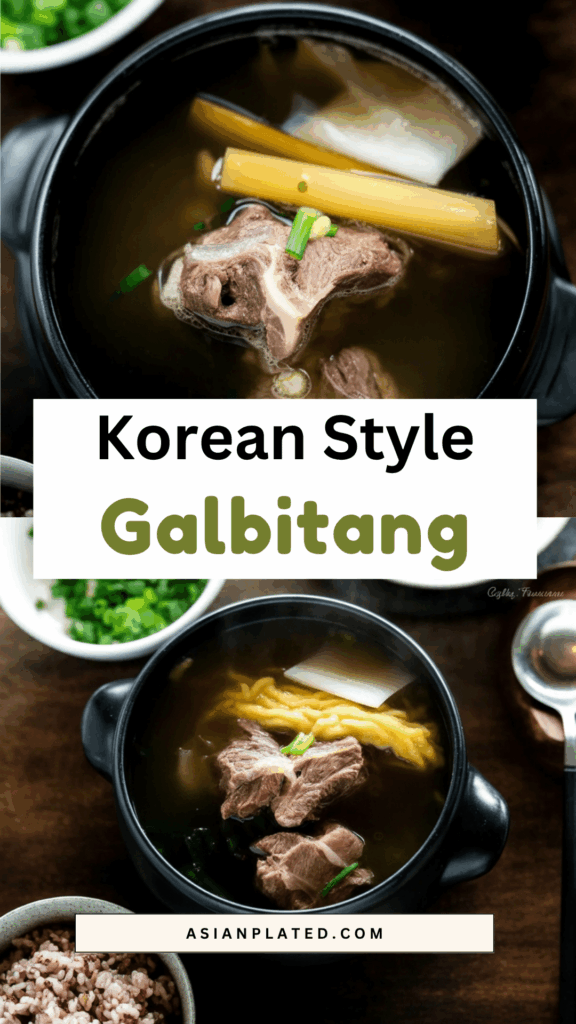
Ingredients You’ll Need (Feeds 4–6)
Main Ingredients
- 2.6–3 pounds beef short ribs (membranes removed)
- 1 onion, cut into large chunks
- 9 ounces Korean radish or daikon, peeled
- 2 ounces green onions, white part
- 1 ounce garlic, peeled
- 10 whole black peppercorns
- 10 cups water
- 1 ounce green onions, thinly sliced for garnish
- (Optional) 2.5 ounces Korean glass noodles (dangmyeon)
Seasoning
- 1.5 tablespoons Korean soup soy sauce (or regular soy sauce)
- 1 tablespoon minced garlic
- 2 teaspoons fine sea salt (adjust to taste)
- Ground black pepper to taste
Optional Garnish
- 2 eggs, separated and cooked into thin ribbons for garnish
Step-By-Step Cooking Instructions
1. Prep the Ribs
First, soak the ribs in cold water for about 20 minutes. Change the water a couple of times. This pulls out the red liquid and any tiny bone bits—trust me, don’t skip this step.
2. Parboil and Clean
In a big pot of boiling water, blanch the ribs for 6 to 8 minutes. Drain them and rinse under cold water to remove any scum. Trim off big fat patches if there are any.
Then transfer the cleaned ribs to a fresh large pot. Add the onion, radish, green onions, garlic, peppercorns, and the 10 cups of water. Bring to a boil, then reduce to a gentle simmer for about 1.5 hours. This is when the magic happens—the broth develops its signature depth.
If you’re using glass noodles, soak them in cold water now so they’ll be ready later.
3. Strain and Prep
When the ribs are tender, take them and the radish out carefully. Strain the broth through a fine sieve or cheesecloth into another pot to remove the solids. Skim off as much fat as you can (or cool it to solidify the fat if you’re doing this ahead).
Thinly slice the cooked radish and return it to the pot with the clear broth.
4. Season and Finish
Season the ribs with soy sauce, garlic, salt, and pepper, then gently add them back into the pot. Bring it to a boil over medium-high heat for around 8 minutes. Add the glass noodles (if using) and sliced green onions, and cook another 2 minutes.
5. Serve and Enjoy
I usually serve this with hot steamed rice and a couple of small Korean side dishes if I have them. Sometimes just a bowl of kimchi is enough. If you want to get fancy, top with the thinly sliced cooked egg ribbons—it looks beautiful and adds richness.
How I Store Leftovers
When I make a big batch, I often have leftovers. I pull the bones from the meat before refrigerating so the container isn’t so bulky. The soup keeps well in the fridge for two days or so.
If I know I won’t finish it soon, I portion and freeze it—it holds up well for about a month.
A little tip: if you added glass noodles, try to eat them all on the first day. They don’t freeze or reheat well, getting weirdly mushy or stuck together.
Galbitang (Korean Beef Short Rib Soup)

Nothing comforts the soul quite like a steaming bowl of Galbitang, the traditional Korean short rib soup.
Ingredients
- 10 cups water
- 1.2–1.4 kg (2.6–3 lbs) beef short ribs, membranes removed
- 250g Korean radish (or daikon), peeled
- 1 medium onion, roughly chopped
- 60g white parts of green onions
- 30g garlic cloves, peeled
- 10 whole black peppercorns
- 25g green onions, thinly sliced (for garnish)
- 70g Korean glass noodles (optional)
Seasoning:
- 1.5 tbsp Korean soup soy sauce (or regular soy sauce)
- 1 tbsp minced garlic
- 2 tsp fine sea salt (adjust to taste)
- Ground black pepper, to taste
Optional Garnish:
- 2 eggs, whites and yolks separated, cooked into thin sheets and sliced
Instructions
- Prep the Ribs: Soak the beef ribs in cold water for about 20 minutes, changing the water a few times. This helps remove excess blood and bone fragments.
- Initial Boil: Place the soaked ribs in a pot of boiling water and blanch them for 6–8 minutes. Drain and rinse the ribs under cold water. Trim any excess fat if needed.
- Create the Broth: In a clean large pot, combine the blanched ribs, radish, onion, garlic, white green onion parts, peppercorns, and 10 cups of water. Bring it to a boil over medium-high heat. Once boiling, reduce to low heat and let it simmer for about 90 minutes, partially covered.
- Soak Noodles (If Using): While the soup simmers, soak the glass noodles in cold water so they soften before adding them later.
- Strain and Slice: Remove the ribs and radish from the pot and set aside. Strain the broth into another clean pot, discarding all the used vegetables. Skim off excess fat from the broth. Thinly slice the radish and return it to the soup.
- Season and Finish: Mix the seasoning ingredients and coat the beef ribs gently. Add the seasoned ribs back to the broth. Simmer over medium-high heat for 8 minutes. Add soaked glass noodles and sliced green onions. Let it cook for another 2 minutes.
- Serve: Ladle into bowls and top with egg garnish if desired. This soup pairs beautifully with steamed rice and a side of kimchi.
Nutrition Information:
Yield: 6 Serving Size: 1Amount Per Serving: Calories: 134Total Fat: 6gSaturated Fat: 2gTrans Fat: 0gUnsaturated Fat: 3gCholesterol: 107mgSodium: 924mgCarbohydrates: 13gFiber: 3gSugar: 2gProtein: 9g
Asianplated.com, occasionally offers nutritional information for recipes contained on this site. This information is provided as a courtesy and is an estimate only. This information comes from online calculators. Although allchickenrecipes.com attempts to provide accurate nutritional information, these figures are only estimates.
Personal Serving Ideas
This is one of those soups that loves company. I serve it in big bowls with steaming rice. On weekends, I’ll set out small dishes of pickled radish, kimchi, or stir-fried greens to make it feel like a real Korean meal.
Sometimes I just make a pot of this, put the rice in everyone’s bowls, and ladle the soup over the top—it’s an easy, satisfying one-bowl dinner.
And if I’m being honest? I’ve also eaten leftovers straight from the fridge the next day, cold. It’s still so good.
Try other recipes:

